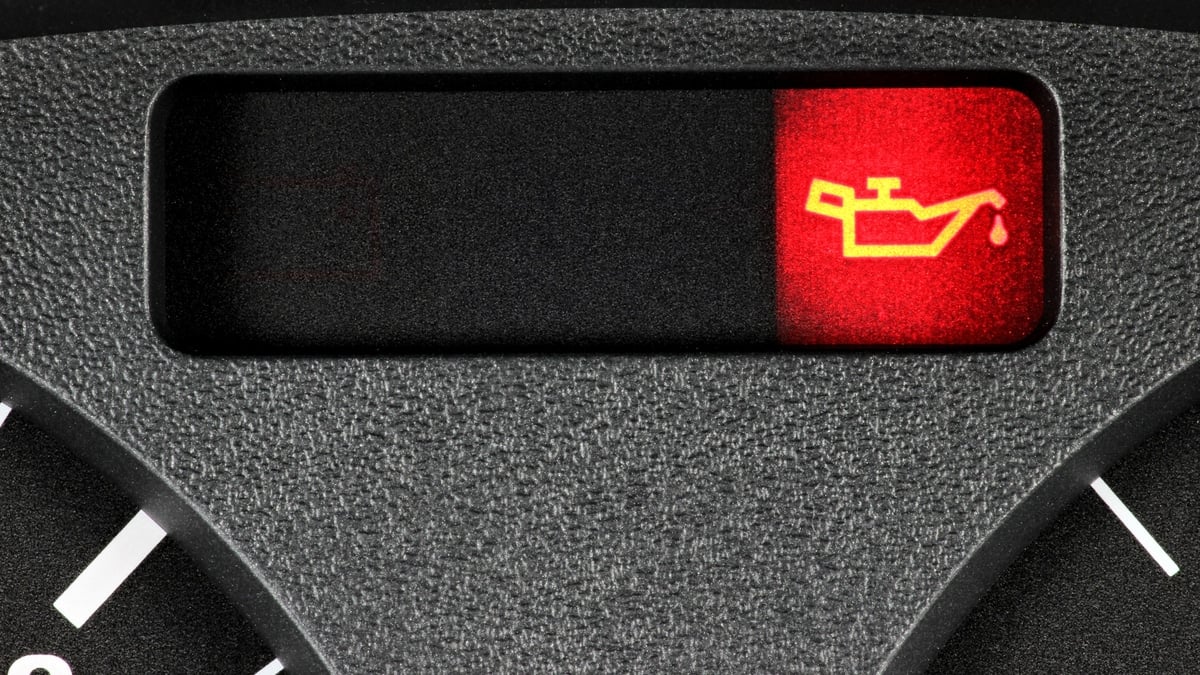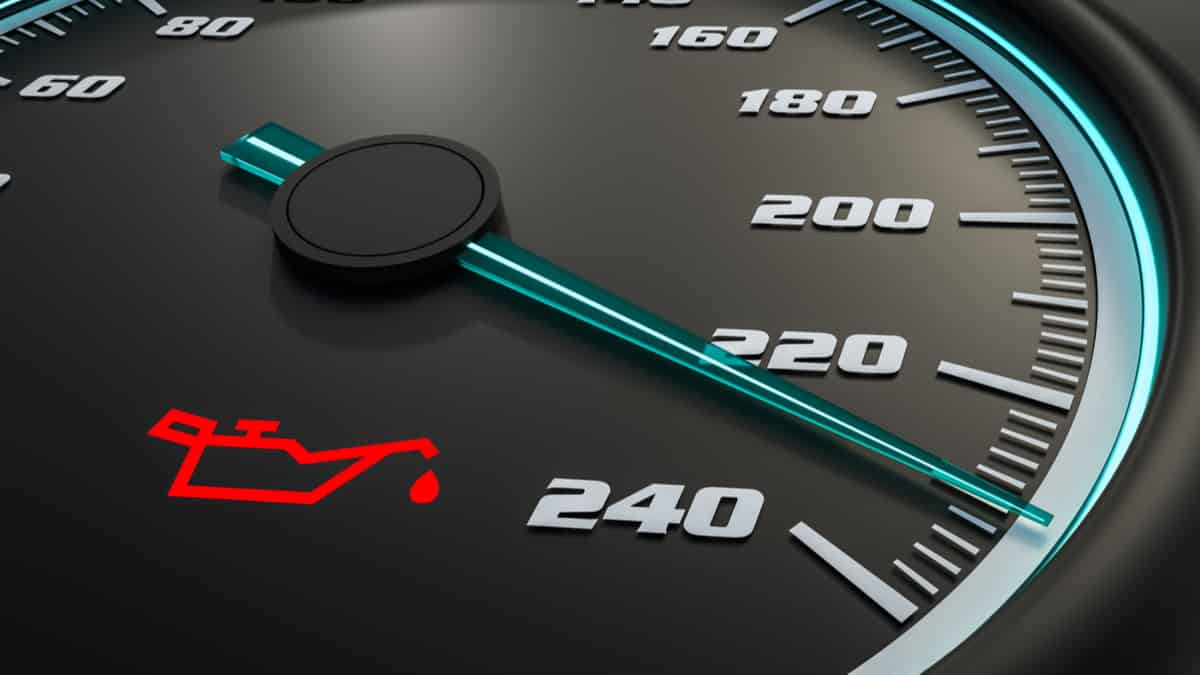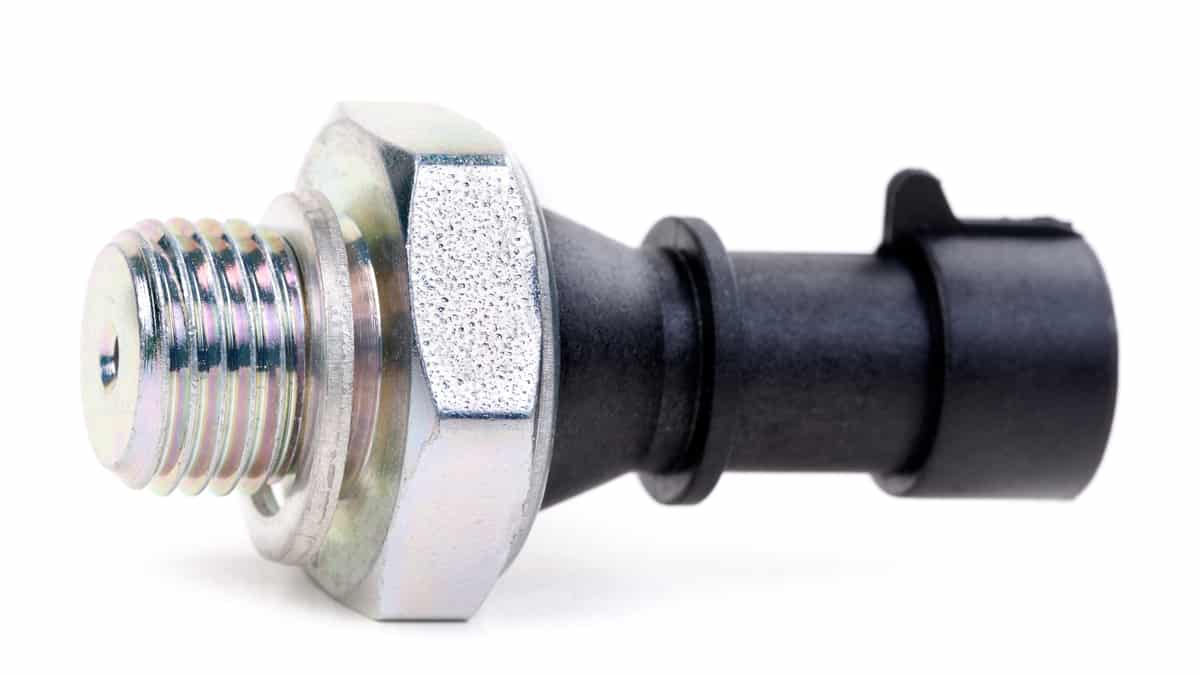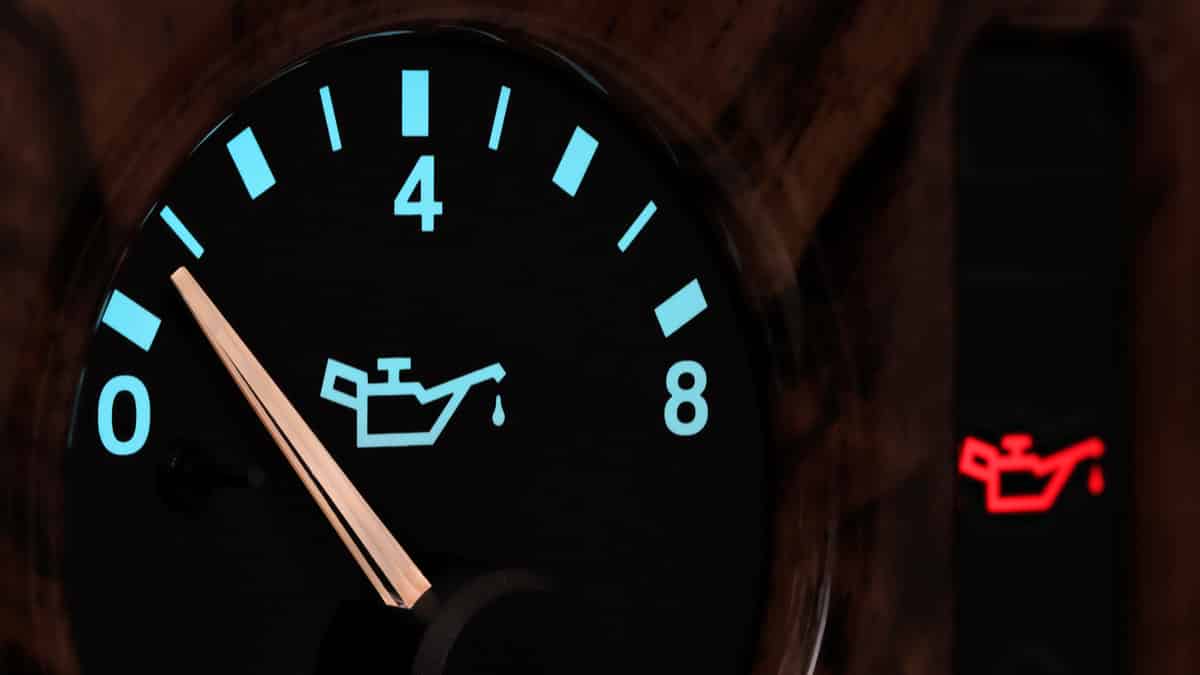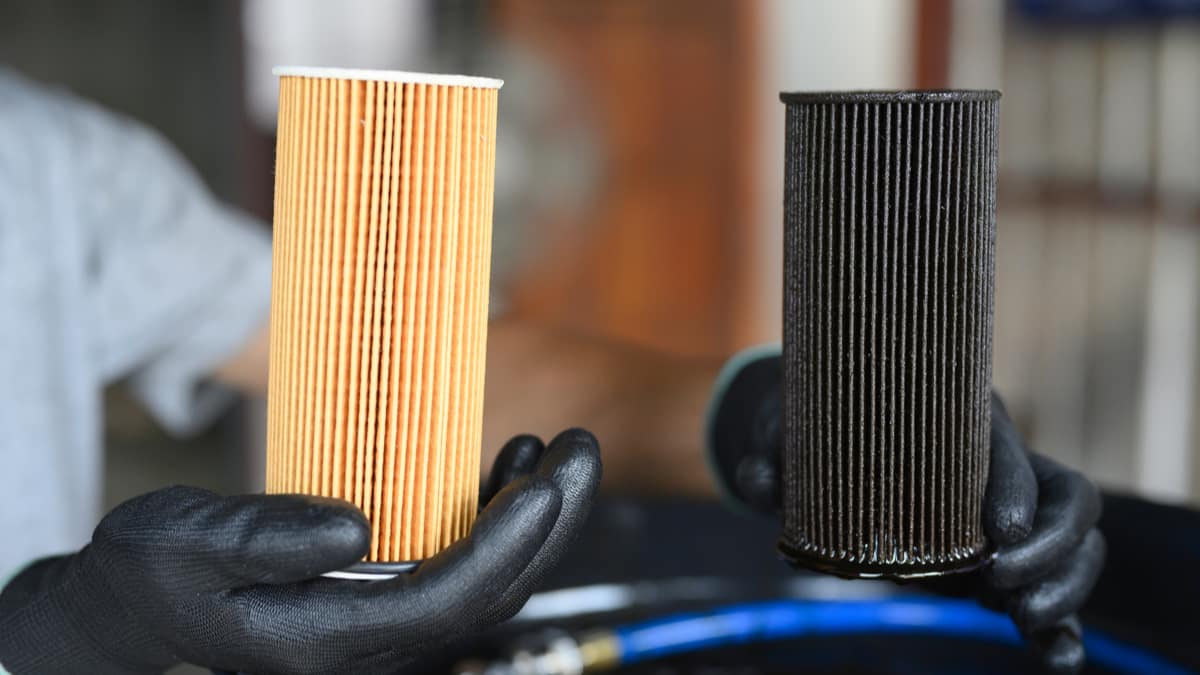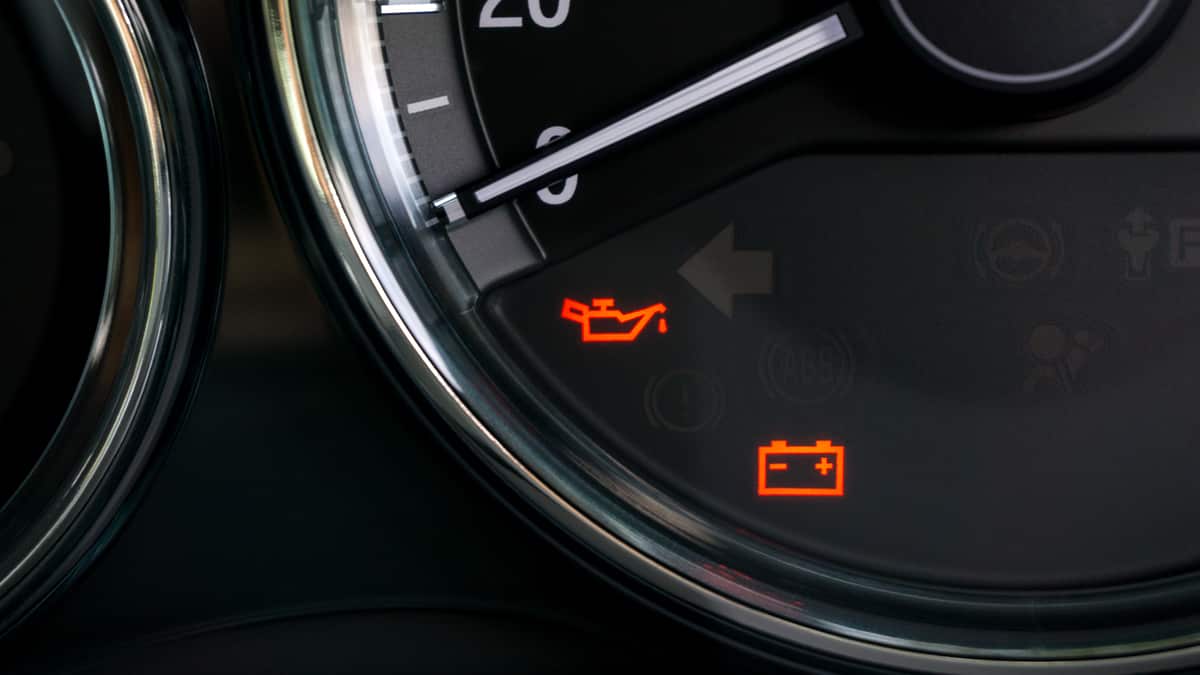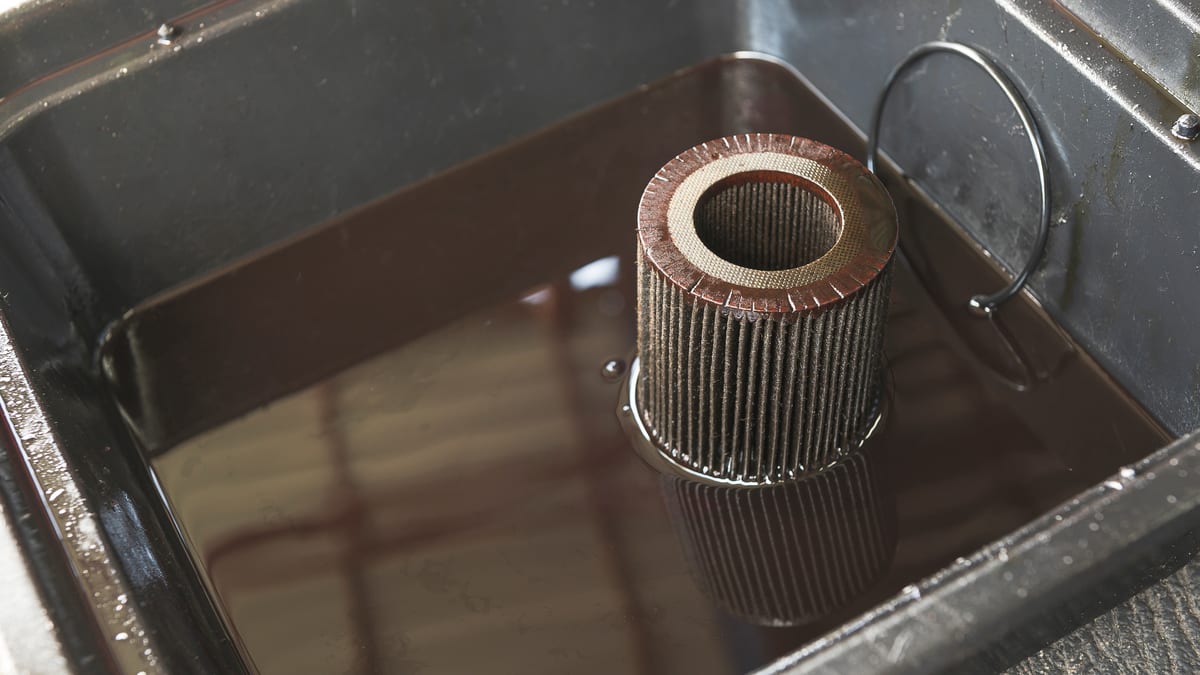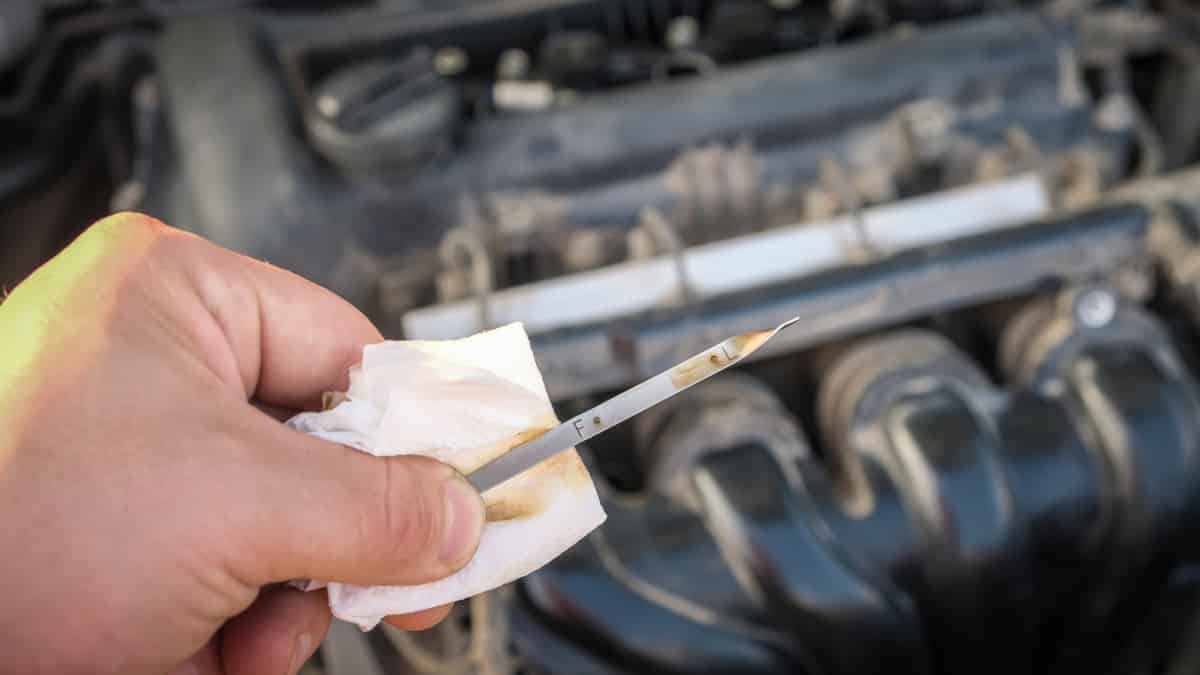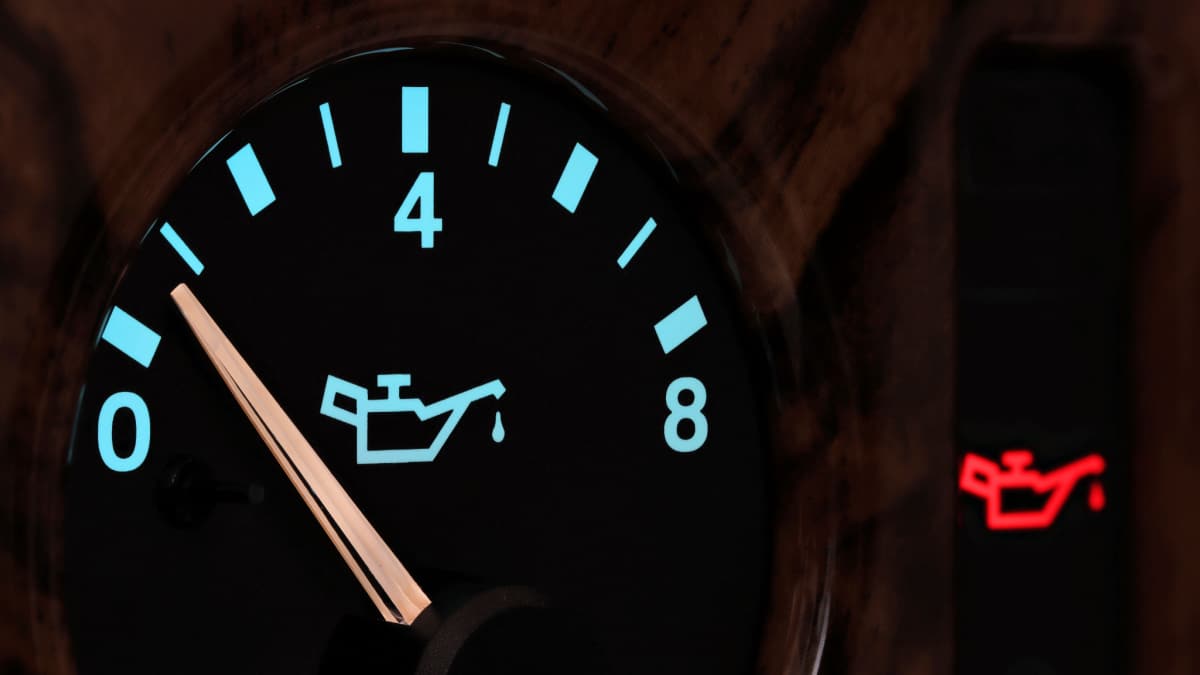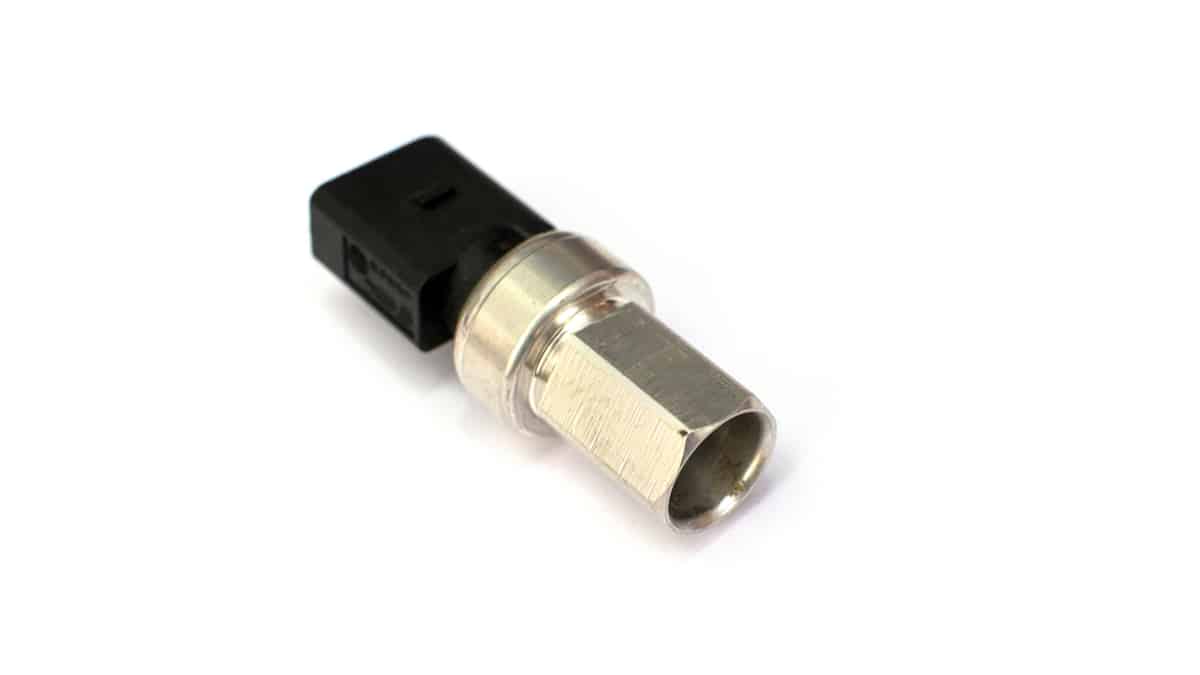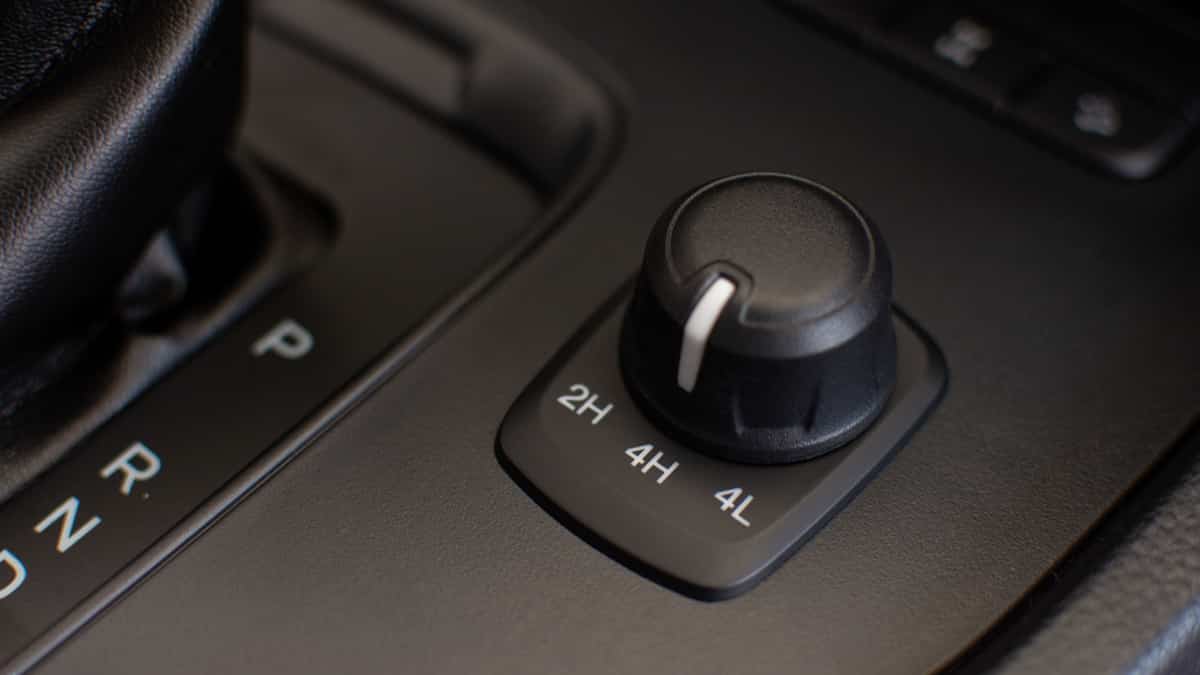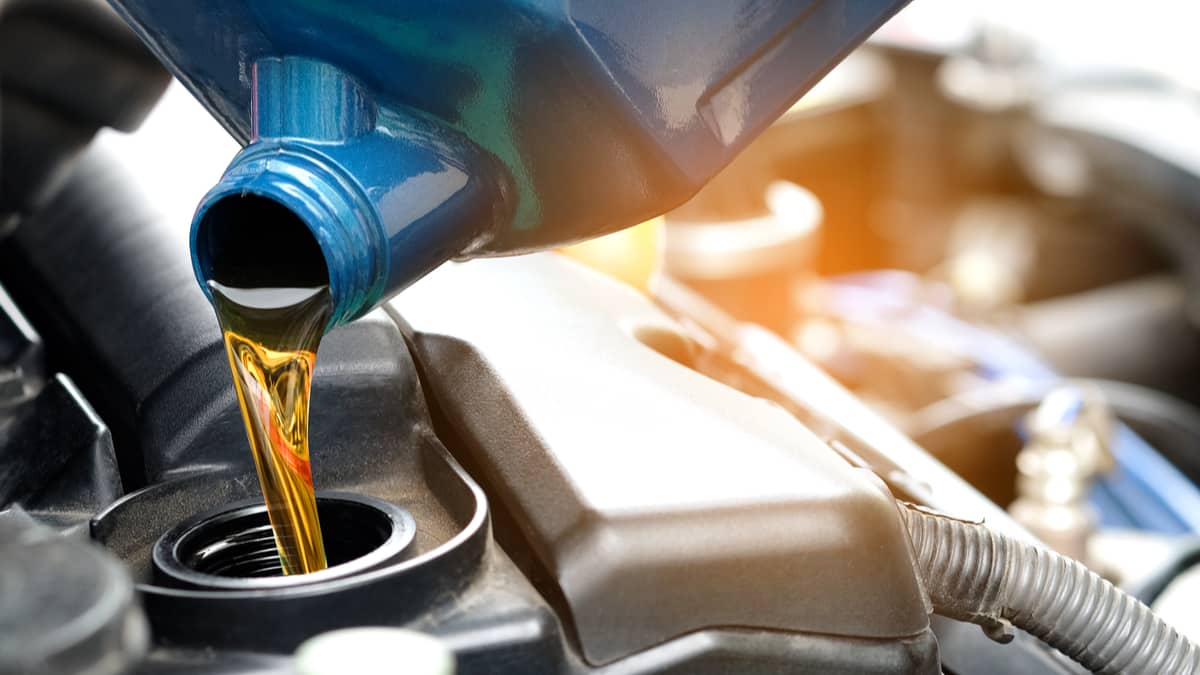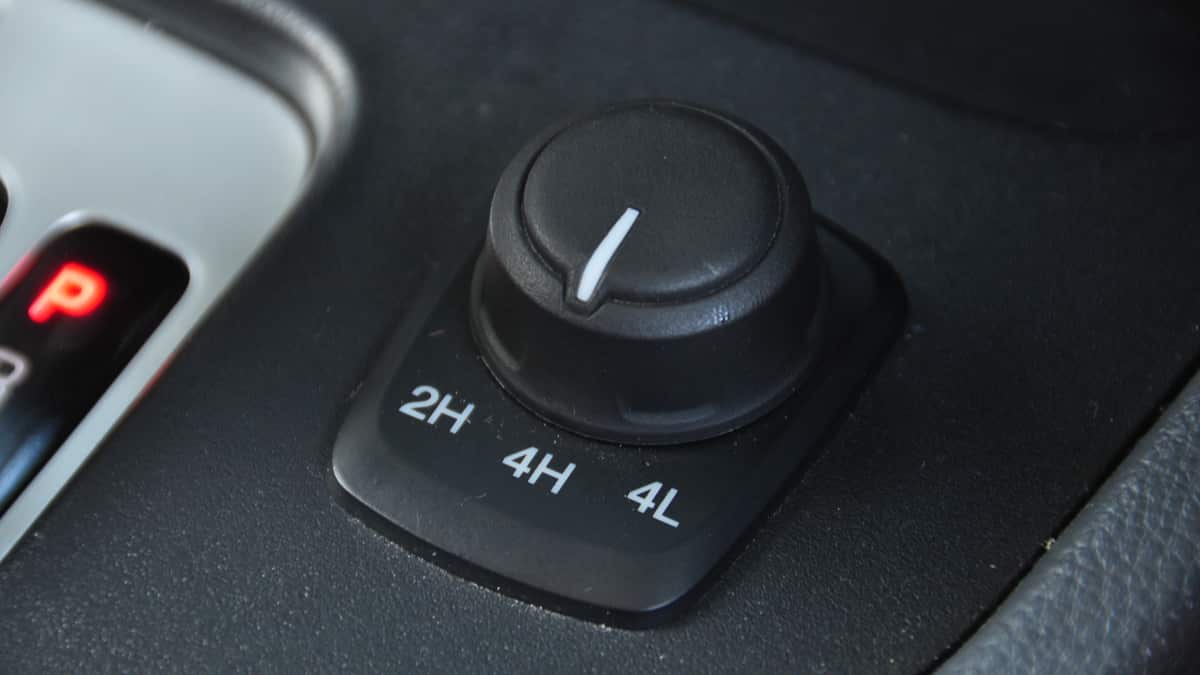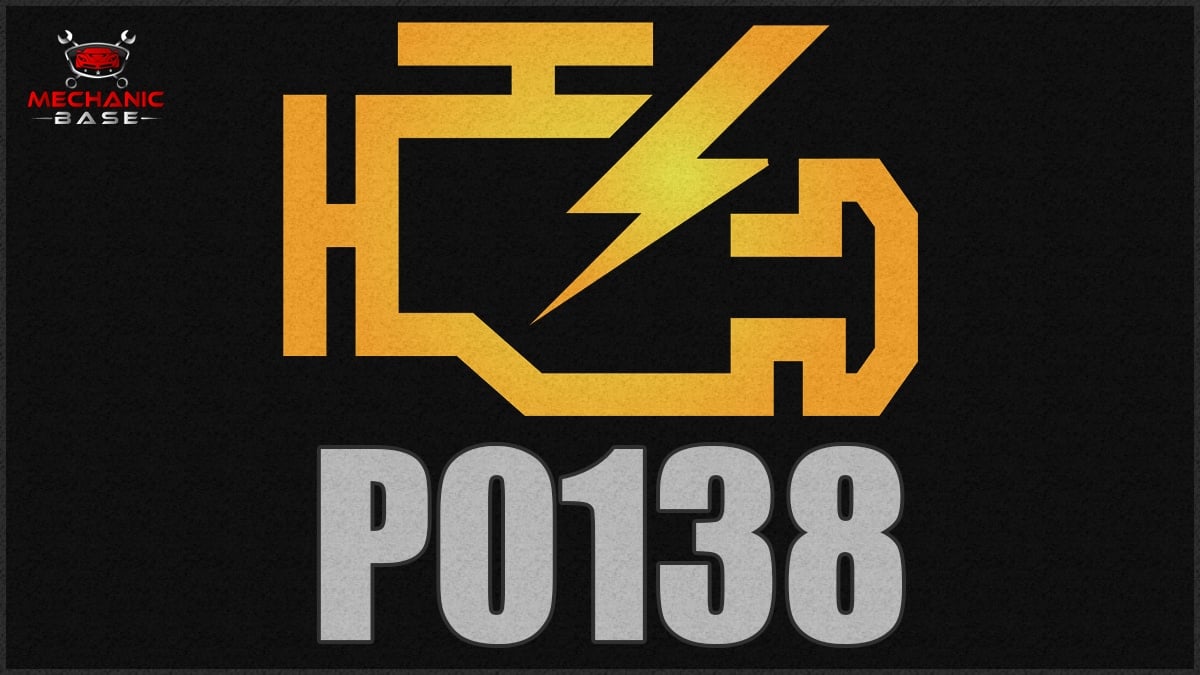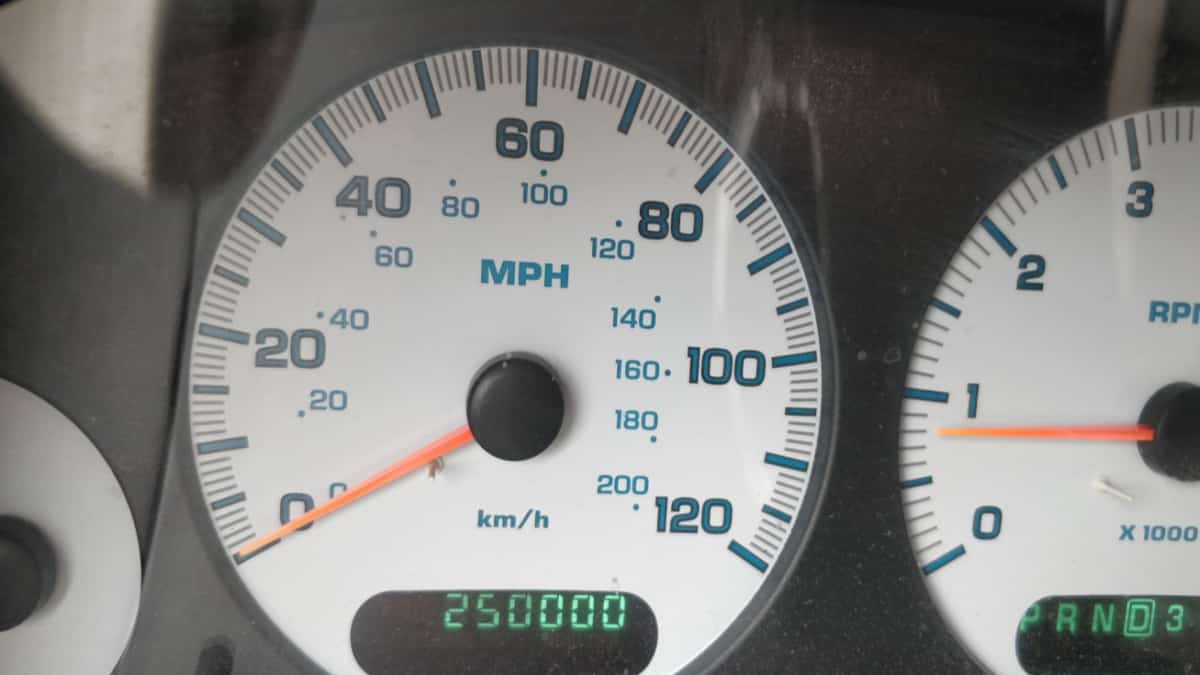It’s obvious that low oil pressure is going to cause major damage to the engine if left unchecked, so what does high oil pressure do and what’s it caused by? Whether it’s due to operator error or a mechanical malfunction, it’s important to know what to do in this situation.
In our guide, you learn the top reasons for high oil pressure and we show you what the ideal pressure is. We also give you some tips to fix this problem before moving on to some of the top-asked questions.
Reasons For High Oil Pressure
The oil pressure can be high because of a cold engine, using the wrong oil grade or due to poor oil quality. As far as mechanical problems, it could be a faulty oil pressure sensor, a bad oil pressure gauge, a blocked oil passage, a damaged oil pump relief valve or a dirty oil filter.
Understanding all of the reasons helps you determine what might be wrong with your vehicle.
1. Cold Engine
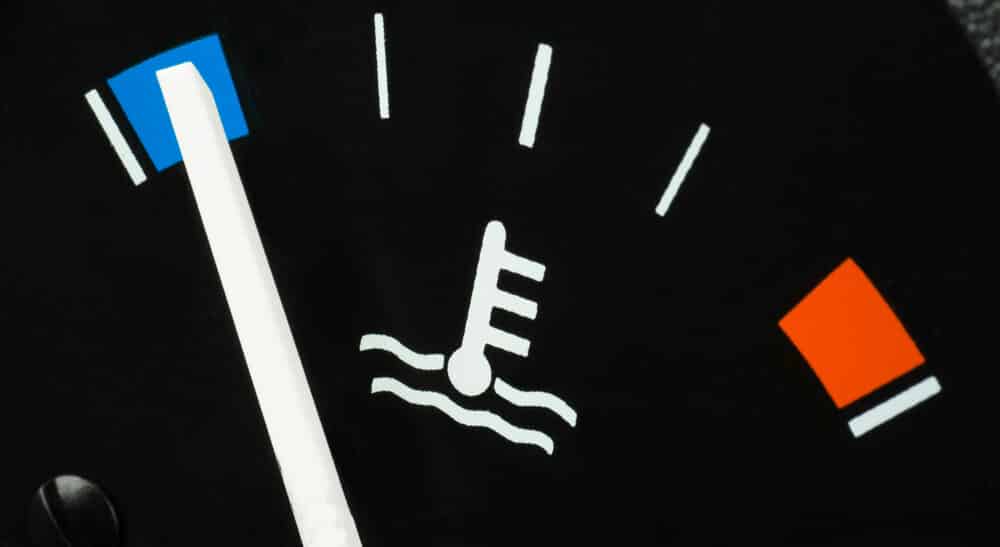
If you just started your car and the oil pressure is high, the problem could be a cold motor. It’s completely normal for the oil pressure to be elevated at startup. In fact, it can be twice as high as after the engine warms up, if not higher.
For a better representation of what’s going on with the engine, it’s best to read it after the motor has warmed up. Normal engine temperature is between 190 and 225 degrees Fahrenheit. If the pressure remains high after the engine has warmed up, you want to start looking at the other possibilities listed below.
2. Wrong Oil Grade
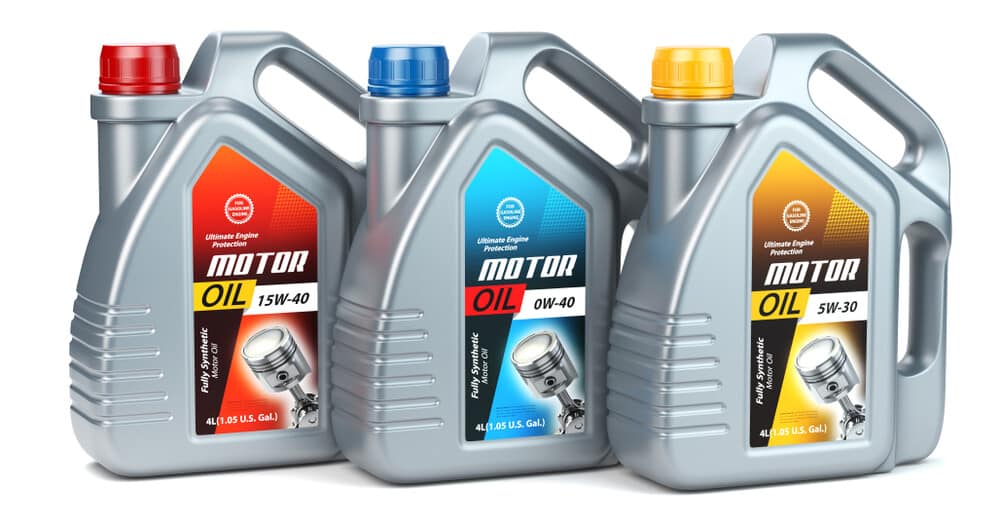
Motor oil grades and viscosity levels are important considerations. Thin oils are better in colder climates, allowing them to circulate through the engine more easily. However, in warmer weather, the oil needs to be thicker to create more pressure to flow easily.
On top of the viscosity, you must think about the grade of oil you use. You can choose conventional, synthetic or a blend, depending on what your engine needs. If you aren’t using an appropriate grade, the pressure can build up.
Using the wrong oil type can also cause other problems. You may notice some performance issues and a drop in fuel economy.
3. Faulty Oil Pressure Sensor
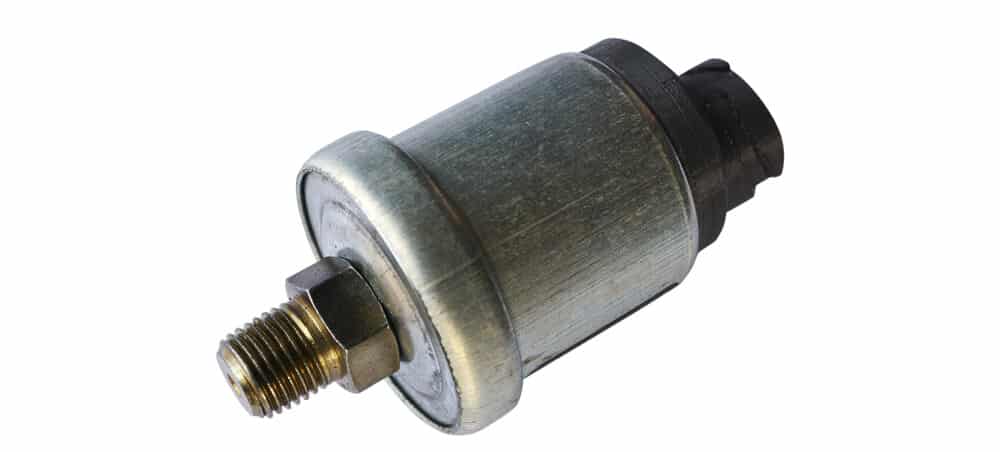
It’s possible that the oil pressure in the engine isn’t actually high, but the reading is wrong. If so, the sensor may be faulty. The oil pressure sensor is responsible for monitoring the information and transmitting it to the instrument cluster gauge.
This sensor communicates with an electronic control module. When this sensor fails, the oil light may come on. The light may also blink, telling you there’s trouble.
You may see these error codes with your compatible scanner:
- P0520 – Engine Oil Pressure Sensor/Switch – Circuit Malfunction
- P0521 – Engine Oil Pressure Sensor/Switch Range/Performance
- P0522 – Engine Oil Pressure Sensor/Switch Low Voltage
- P0523 – Engine Oil Pressure Sensor/Switch “A” Circuit High
If these error codes are set, you will also see the Check Engine Light at the same time.
4. Faulty Oil Pressure Gauge
The sensor gives the information to the dashboard gauge, where you can read the data. If the gauge is failing, you may get an inaccurate reading. It will look like there’s high oil pressure, even if it isn’t.
While this condition doesn’t happen often, it’s always possible. You may also notice other gauges with erratic readings, depending on what part has failed.
5. Blocked Oil Passage
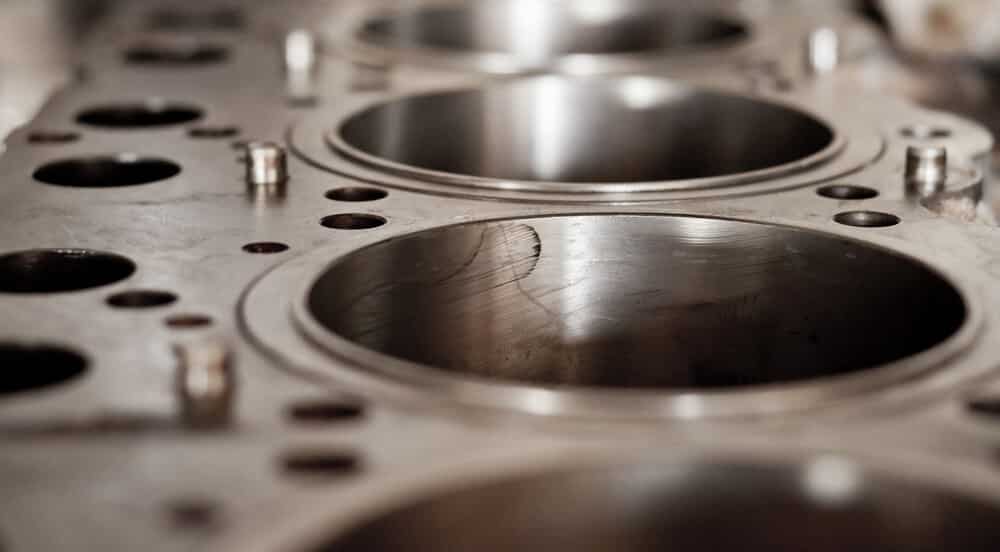
The oil travels through the engine and picks up plenty of debris and dirt with it. If the engine oil isn’t changed regularly, the debris can turn into sludge that can block the oil pathways.
Along with the high oil pressure, you may also notice some engine performance problems. The motor may start to sputter because the oil can’t circulate freely through the system.
6. Bad Oil Pump Relief Valve
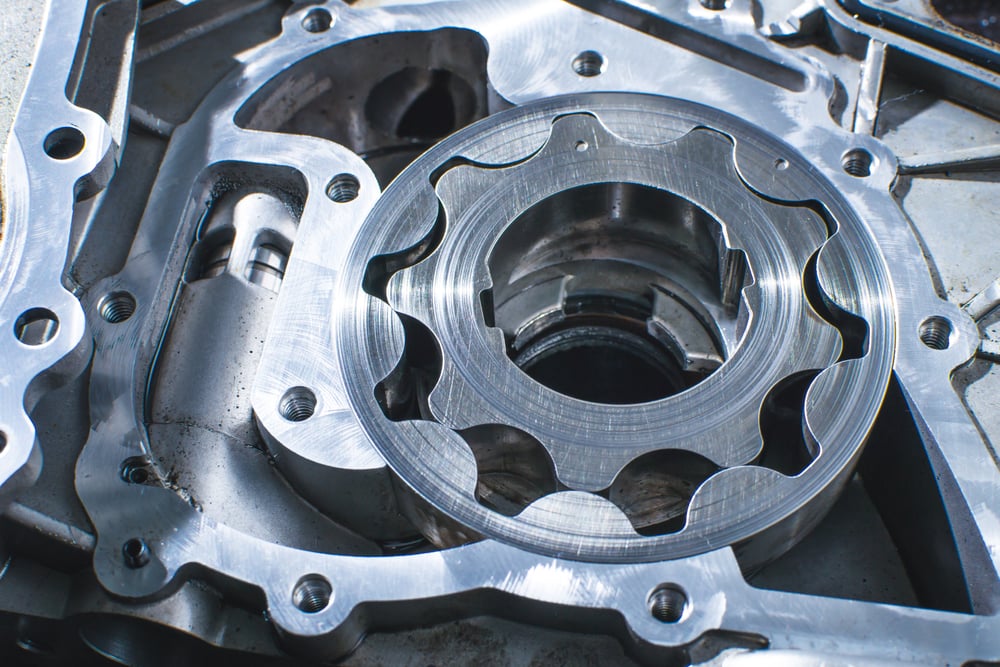
Relief valves are an essential safety feature of the engine. This valve ensures the fluid has somewhere to go when the pressure becomes too extreme. Relief valves are meant to open up automatically once the pressure hits a certain range.
If the relief valve is broken, the pressure continues to build up, leading to an abnormal reading. When the valve is broken or stuck, you may also see some oil leakage because of all of the pressure.
7. Contaminated Or Damaged Oil Filter
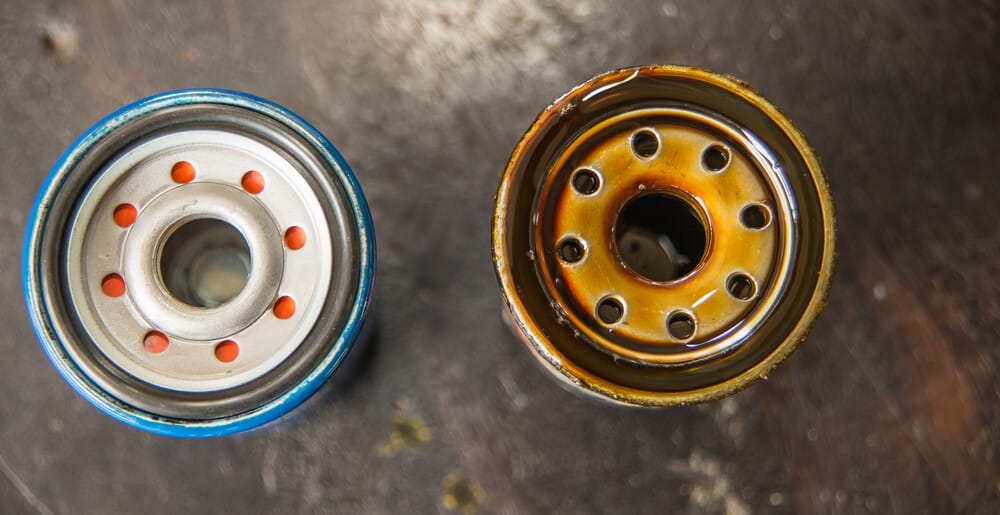
If you aren’t performing regular oil changes, you probably aren’t replacing the filter either. These filters aren’t meant to last longer than the oil change interval. Therefore, all of the contaminants and dirt that have been caught by the filter may have led to a blockage or obstruction. Without free-flowing oil in the system, the pressure starts to build up.
With a clogged oil filter, you may also notice dark black exhaust smoke as contaminants make their way through the system. In extreme cases, you may also hear knocking noises from the engine. If you continue to leave the dirty filter in place, you could allow serious engine damage to occur.
8. Poor Quality Oil
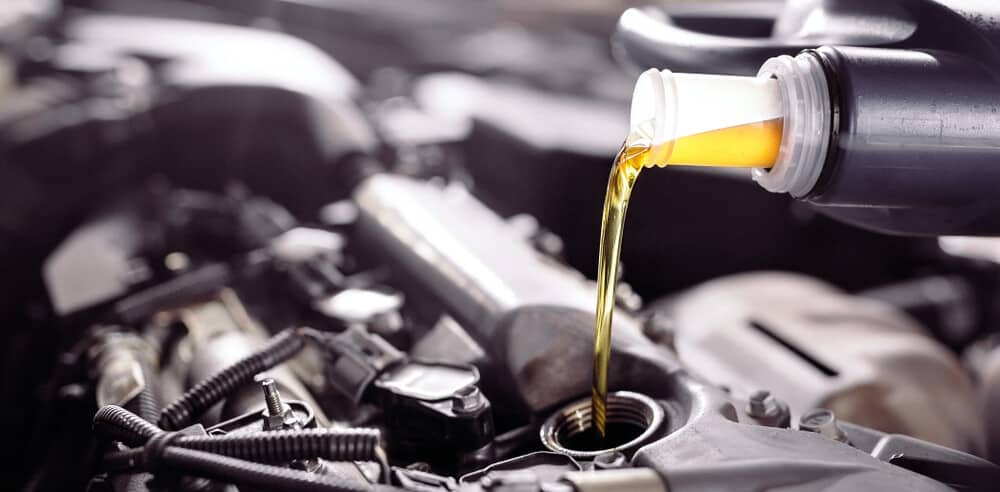
In conjunction with the dirty oil filter, you will also have contaminated oil if it hasn’t been changed. Conventional oil isn’t good for more than 3,000 to 5,000 miles, while synthetic usually needs to be changed every 7,500 to 10,000 miles.
If you’ve gone longer than this, the viscosity of the oil has broken down and it’s getting dirty. Therefore, it won’t lubricate the internal engine components the same way and you could notice performance problems on top of the elevated pressure.
What’s the Ideal Oil Pressure?

Normal engine oil pressure is typically between 25 and 65 PSI. This figure can vary depending on what type of vehicle you drive and the motor that’s installed. Either way, the right oil pressure is required to ensure that the lubricant reaches all of the internal components of the motor.
If the oil pressure drops below these specifications, it’s referred to as low oil pressure. Without the right amount of oil pressure, there will be a significant loss of power, as well as a possible burning smell. It can also lead to abnormal engine noises, as well as permanent damage to the motor.
When the PSI gets over the specified range, it’s known as high oil pressure. Typically, high oil pressure is the result of the inability of the oil to pass through the crevices and bores to reach all areas of the engine. Again, this leaves the motor unlubricated, leading to serious wear from the friction that occurs. In either situation, it’s necessary to resolve the issue promptly if you want to avoid premature wear to the engine.
How To Fix High Oil Pressure
In many cases, the remedy for high oil pressure is easier than expected. Take a walk through these steps to see if you can resolve the issue yourself.
- Allow the engine to warm up completely. If you’ve just started the engine, it’s best to give it a few minutes to see if it regulates once it is warmed up.
- Check the motor oil you are using. If you have chosen the wrong type or viscosity for your vehicle, you want to change the oil and filter. Check the manufacturer’s recommendations for oil type in your owner’s manual.
- Change the oil and filter. If it’s almost time for the regularly scheduled maintenance, go ahead and do it now. You can quickly change the oil and filter at home for under $75 in most cases. Even if you want to save time and take it to the local lube, you will probably still spend less than $125.
- Clean the oil passages. If you think there’s a blockage or sludge buildup in the system, you can start by dropping and cleaning the oil pan. Use a brush and solvent to clean off any debris. You can also add a heavy-duty cleaning additive to the oil, as long as it’s recommended by the manufacturer. Follow all of the directions on the product you choose.
If these fixes don’t solve the problem, it’s time to get help from a mechanic. Testing the sensors and gauges can be a tricky process that’s best done with someone who has mechanical expertise.
If you want to attempt these fixes yourself, reference the information found in your service manual. However, as professional mechanics ourselves, we know the importance of getting this problem resolved quickly before major damage occurs. This is one time when it might be best to give in and let the local repair shop have a look.
Can you drive with high oil pressure?
No, you should never attempt to drive your vehicle if the oil pressure is high. Not only can the problem itself lead to serious engine damage, but the continued elevated pressure is going to cause issues. Instead, you should have a professional mechanic look at the car right away to avoid costly repairs.
How much does it cost to fix high oil pressure?
It depends on what needs to be repaired. If you only need to change the oil and filter, you could easily spend less than $75. However, mechanical malfunctions are going to cost more to fix, especially if you need the help of a mechanic. For example, you may spend $175 to replace the oil pressure sensor.
Will overfilling oil cause high oil pressure?
If you overfill the oil, there’s a chance that it could lead to high pressure. That extra oil starts to add more pressure inside the motor. The oil starts to look for a way out of the engine, so it begins pushing on the seals and gaskets, which means a leak is bound to occur if you don’t remove the excess oil.
Will an oil change fix high oil pressure?
If you’ve put the wrong type of oil in the system or it’s due for a chance, replacing the filter and changing the oil may help. The contaminants in the old oil can lead to higher pressure as the lubricant properties diminish. If it’s not fixed after changing the oil and filter, you should have a mechanic look at it.
Will adding oil lower the oil pressure?
If there’s not enough oil in the system, it’s more likely that the pressure will also be low. Therefore, adding more oil isn’t going to help the situation. However, it’s possible that the oil and filter need to be changed, especially if it is old and hasn’t been done regularly.
If you watch your dashboard gauges carefully, you know when the oil pressure is moving beyond normal limits. If you take quick action, you could prevent larger, more costly issues from occurring.
Check the oil to ensure it’s the right type and viscosity. You may also decide to perform an oil and filter change, which can be helpful if the oil is contaminated. Otherwise, you may need to see a mechanic for more support.
Categories: Engine, Engine Oil, Troubleshooting
